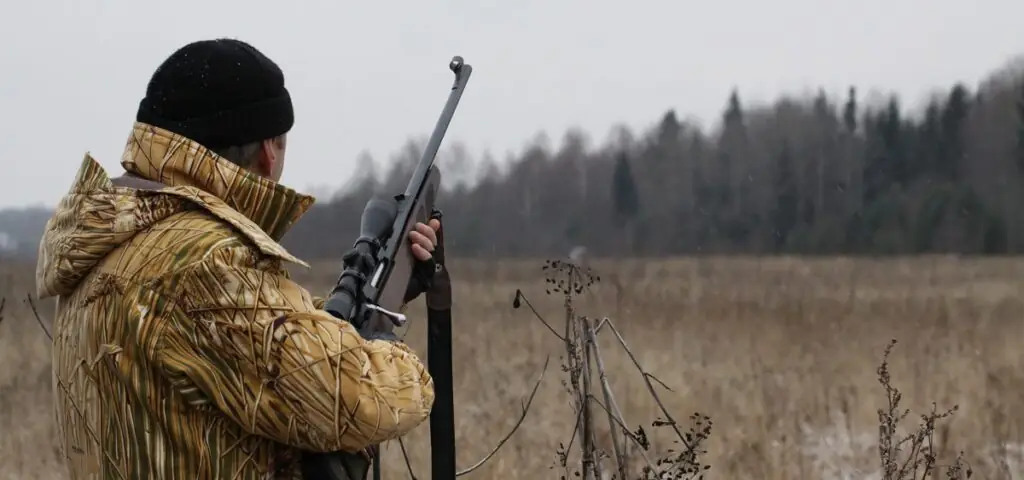In December 2024, the media reported that hunters identifying as Mohawk had shot moose at night in the Matane and Rimouski wildlife reserves. These night-hunting activities are said to have taken place over the past three years. They’ve been denounced by various associations which argue that the practice is illegal. But is this really the case? And how do the rules governing hunting in Quebec and the ancestral rights of First Nations coexist?

The Act Respecting the Conservation and Development of Wildlife prohibits hunting big game at night with a spotlight, commonly known as “spotlighting”. The law also prohibits the use of reflectors, night vision devices, and thermal imaging devices.
Questioned by the media, the Quebec department of the environment, climate change, fauna, and parks stated that, in addition to breaking the law, night hunting poses safety-related problems. The department declined to comment further, indicating that an investigation of the events in Matane and Rimouski was underway.
When is it “night”?
The Act Respecting the Conservation and Development of Wildlife defines “night” as “the period extending from one hour and a half after sunset to one hour and a half before sunrise”. This same law also prohibits the possession and use of a firearm at night in a place frequented by game without a “reasonable excuse” or without a permit. It also prohibits being in a vehicle at night with a loaded weapon outside its case.
However, there are exceptions allowing the night hunting of certain species. The Regulation respecting hunting authorizes night hunting of hares and rabbits, using snares, as well as hunting of raccoons, using hunting dogs.
In addition, night hunting can potentially be recognized as an indigenous right.
Ancestral rights and treaty rights
Indigenous communities have ancestral rights recognized by the Constitution Act, 1982. In principle, federal laws and regulations must not infringe on these ancestral or treaty rights.
These rights are sometimes linked to a particular territory — but not always. However, the existence of an indigenous or treaty right must be proven in court.
Regarding night hunting or “spotlighting”, a Tsartlip First Nation in British Columbia managed to prove such a right in 2006. They explained they had previously hunted at night using arrows and torches. The British Columbia Supreme Court ruled that “the use of guns, spotlights, and motor vehicles reflects the current state of the evolution of the Tsartlip’s historic hunting practices”.
This judgment applies only to the Tsartlip First Nation of British Columbia. Any other indigenous community claiming an ancestral or treaty right, such as the right to hunt at night or “spotlight” on a particular territory, must be recognized by a court of law.
Indigenous communities can also adopt their own rules to regulate practices on their territory, such as night hunting.
For example, the Vice Grand Chief of the Wolastoqiyik Wahsipekuk (Maliseet) First Nation, where night hunting has reportedly been observed, has stated in the media that their community’s code of conduct does not allow this type of hunting.
Moreover, the Wolastoqiyik Wahsipekuk First Nation does not grant any other nation the right to hunt on its territory, as reported in the Journal de Montréal (french only).
|
Can you buy or sell wild game meat? The Act Respecting the Conservation and Development of Wildlife generally prohibits selling and purchasing wild game meat, such as moose, white-tailed deer, caribou, ruffed grouse, and gray partridge. However, there are exceptions for animals that are farmed or kept in captivity. There are no exceptions for moose. The sale of snowshoe hare meat resulting from hunting is permitted year-round. For this activity to be legal, however, a hare meat preparation permit or a hare meat canning permit is required. |





